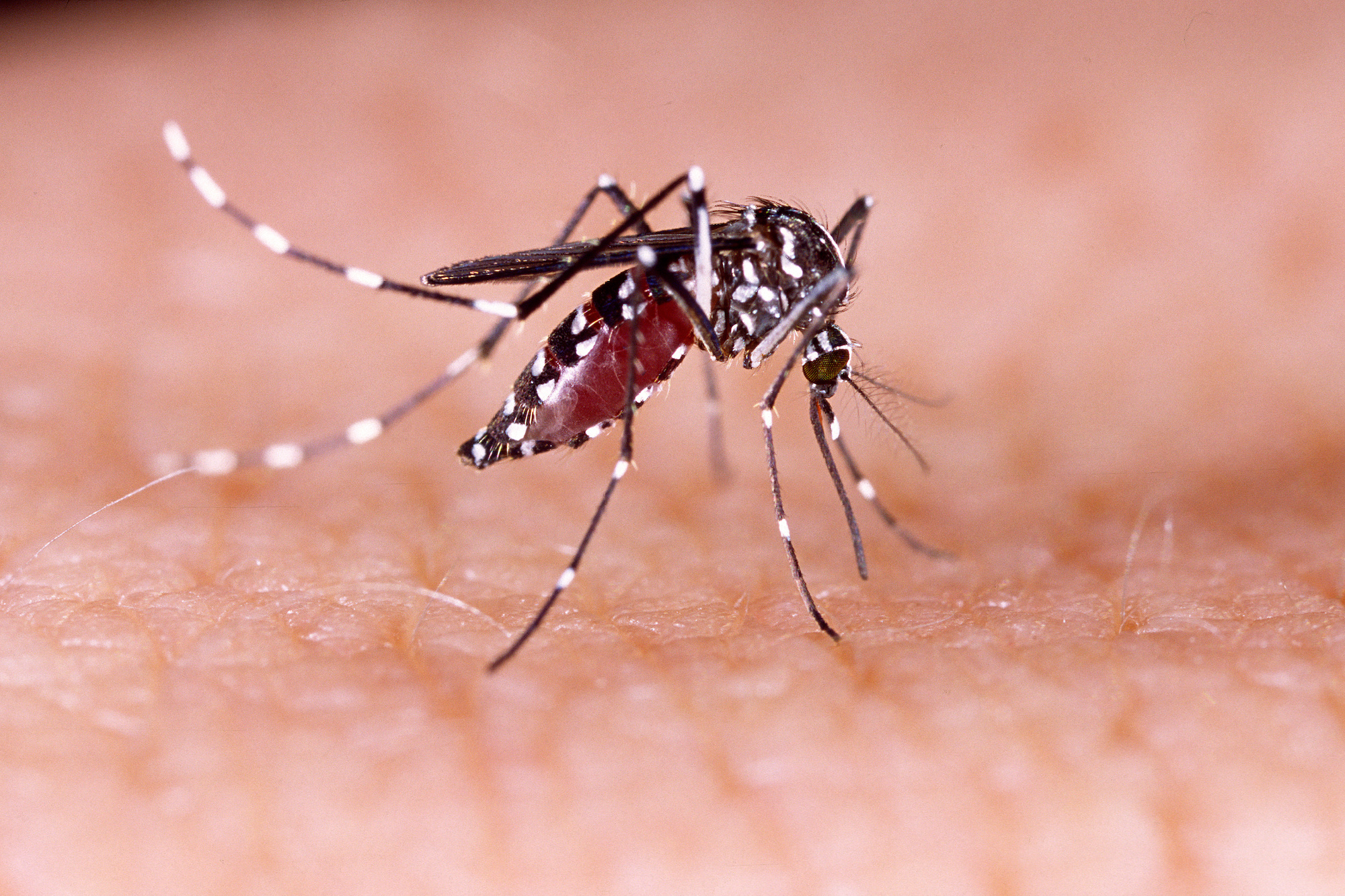Puerto Rico has declared a public health emergency in response to an epidemic of dengue fever, the first since 2012. So far, 549 cases have been reported, half of them in San Juan.
The Pan American Health Organization has already reported a record number of cases in Latin America this year — three million by March 25, with 81% in Brazil. The organization explains the unusually high numbers of cases by pointing to the unusually high temperatures and rainfall. Increased temperatures have broadened the habitat of the mosquitoes which carry the virus.
The CDC reports three locally-acquired cases in Florida, as well as 206 travel-associated cases in 31 states.
What is Dengue?
Dengue fever is a mosquito-borne illness that strikes in tropical and subtropical regions. It’s caused by a virus and can cause a nasty flu-like illness, often with a distinctive biphasic pattern.
The first phase, lasting 2-7 days, can feel like a bad case of the flu. Sufferers might experience a sudden high fever, along with muscle aches, headaches, and a nasty rash. This initial phase can be misleading, as some people might mistake it for another illness.
However, after a brief reprieve, the second phase can hit around days 3-7. This is where dengue fever gets its reputation. The fever might return, and there’s a risk of developing complications like plasma leakage, which can lead to fluid buildup and potentially even shock. This is why it’s crucial to seek medical attention if you suspect dengue fever.
With proper care and hydration, most people recover fully from dengue fever. However, there are severe forms of the disease, particularly Dengue Hemorrhagic Fever (DHF) and Dengue Shock Syndrome (DSS), which can be life-threatening. These are more common in children and those experiencing a second bout of dengue fever.
Dengue was first reported in Puerto Rico in the 19th century, and was endemic by 1915. It is common in the territories and the freely associated states. It is not endemic to any states. Now an epidemic is declared after two weeks of unusually high frequency.
Avoiding Dengue
There are no effective treatments for dengue, and limited vaccines. The best way to avoid dengue fever is to prevent mosquito bites. This means using insect repellent, wearing long sleeves and pants when possible, and eliminating potential mosquito breeding grounds around your home.
The Aedes aegypti mosquito, which carries dengue, will breed in rain barrels, kiddie pools, abandoned tires, birdbaths — any place with standing water. In Florida, disease surveillance programs trap and test mosquitoes. If Aedes aegypti mosquitoes are found in an area, agents will treat the area with insecticide. There are also clean-up programs to help get rid of standing water. Programs like these deserve the credit for keeping dengue out of Florida, according to officials there.
Does Puerto Rico have equal integrated pest management, disease surveillance, and oversight? Or is Puerto Rico less thoroughly funded in these areas as in so many areas? A 2012 study found that 48% of the costs of dengue in Puerto Rico were borne by individual households, while government only covered 24% of the costs. Certainly, the problems of climate change and inadequate healthcare contribute to the problems with dengue fever in Puerto Rico.








One response
Thanks for writing about dengue fever